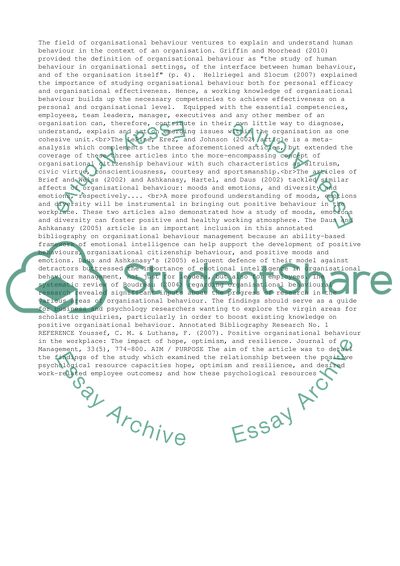Cite this document
(“Organisational Behaviour Management Annotated Bibliography”, n.d.)
Retrieved de https://studentshare.org/management/1390259-organisational-behaviour-management
Retrieved de https://studentshare.org/management/1390259-organisational-behaviour-management
(Organisational Behaviour Management Annotated Bibliography)
https://studentshare.org/management/1390259-organisational-behaviour-management.
https://studentshare.org/management/1390259-organisational-behaviour-management.
“Organisational Behaviour Management Annotated Bibliography”, n.d. https://studentshare.org/management/1390259-organisational-behaviour-management.


